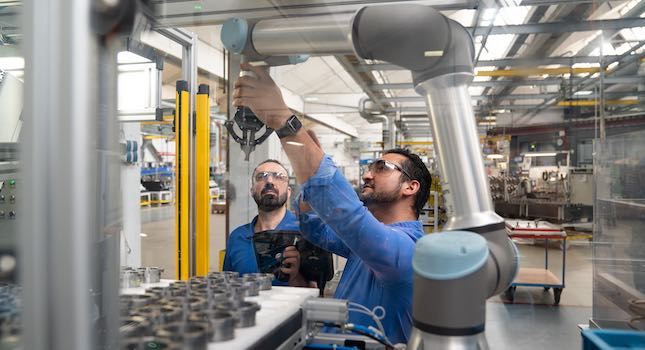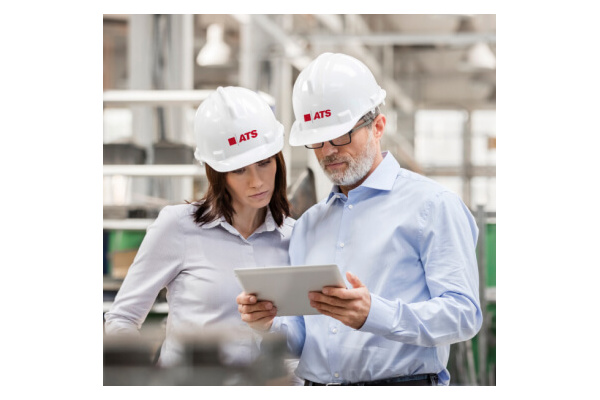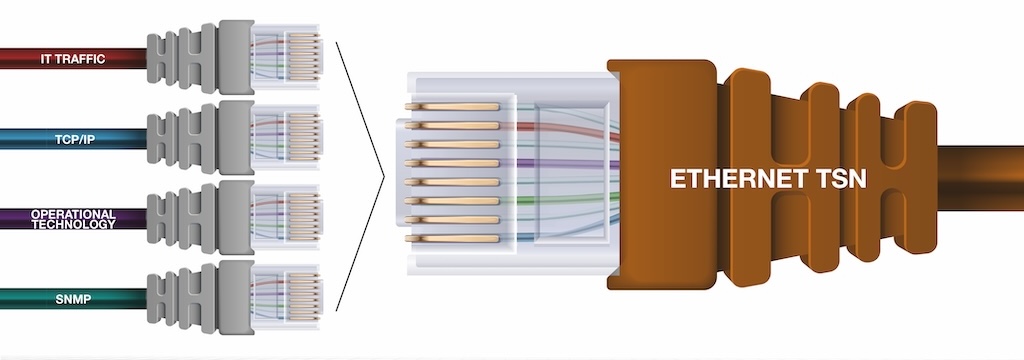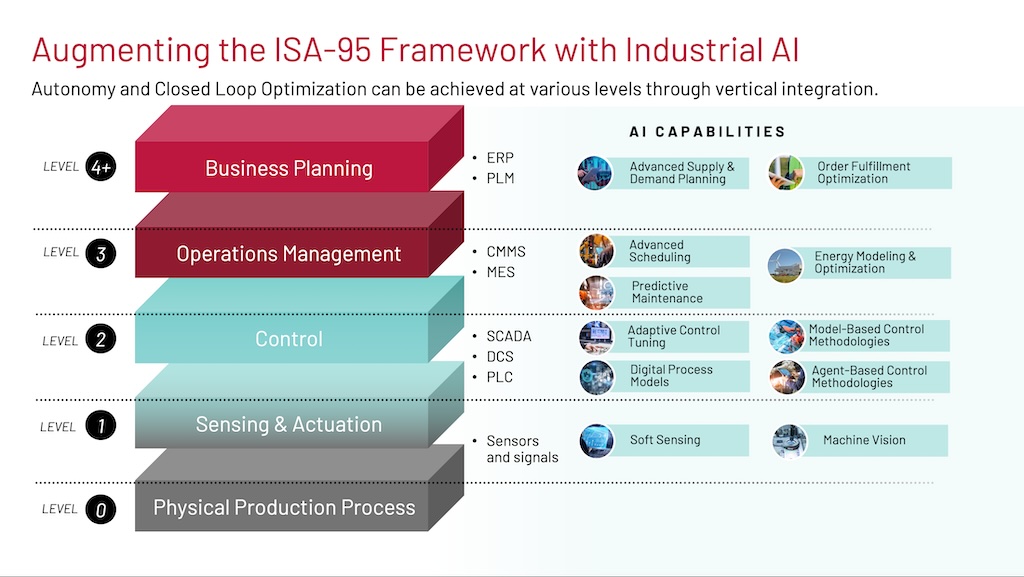As the trade show group also turns 70, it sizes up manufacturing’s future.
Plant Engineering’s partnership with Hannover Messe, the world’s largest industrial trade show, began more than a decade ago, but the two global manufacturing leaders always have shared one thing: a birth year. As Hannover Messe turns 70 this year, we talked with Marc Siemering, senior vice president for Hannover Messe and Deutsche Messe AG, to look back on 70 years, and look forward to a world where U.S. manufacturing plays a bigger role on that global stage:
Plant Engineering: When asked to look back on history, most questions begin with what has changed. As you reflect on the history of Hannover Messe, what are some of the constants—the things that have not changed at this tradeshow?
Siemering: Very little remains static in the tradeshow business, because we are always adjusting to meet the needs of various industries and customers. What has not changed is the location in Hannover and our commitment to staging the best show possible each year.
PE: That said, how has Hannover Messe changed in these 70 years? What are the major drivers of those changes?
Siemering: Hannover Messe began as a general, German-centric exhibition and evolved into the world’s leading tradeshow for industrial technology. The major drivers of change were and continue to be technological advances and globalization. For example, digitalization is the key topic at practically all capital goods events that take place in Hannover. Right now, China is second only to Germany in terms of participation statistics, which perhaps even 10 years ago would have seemed unlikely.
PE: Today, Hannover Messe is recognized as the world’s largest manufacturing trade event. What was the turning point for this show, and how and why did it rise in prominence?
Siemering: Between 1949 and 1954, there were actually two “Hannover Fairs” – one for consumer goods and one for capital goods. When the two events merged, the focus changed: trade professionals instead of the general public, a venue for manufacturers instead of sales representatives, and each industry sector at the fair would display a full range of products. Also at this time, the barriers to foreign participation faded away and the focus shifted to the mechanical and electrical engineering industries.
This transformation set the stage for growth in the coming decades, when Hannover Messe spun off several tradeshows that are still world-leaders in their fields – CeBIT for digital business, LIGNA for woodworking and forestry equipment and machinery, and CeMAT for intralogistics and supply chain management.
What has always set Hannover Messe apart is its unique mix of industry, business, politics, and internationality: Every year Hannover Messe hosts between 5,000 and 6,500 exhibiting companies from 70 countries and 200,000 or more visitors from 100 countries.
PE: The United States has become a more important partner for Hannover Messe in the last few years, and you have expanded your brand to Hannover Messe USA in 2018. Talk about how the relationship with the U.S. has evolved, and continues to evolve. What are your goals when it comes to U.S participation?
Siemering: We established our U.S. subsidiary, Hannover Fairs USA, in 1985. At the time, the goal was to acquire exhibitors and visitors for our big shows in Hannover, particularly CeBIT and Hannover Messe. Now the task has grown to include organizing tradeshows in the U.S. For example, we started organizing Hannover Messe events in Chicago in 2012.
Since the beginning, we have always worked closely with the U.S. Department of Commerce and U.S. industry organizations to promote U.S. participation in Hannover shows. In 2010, we decided we wanted to spotlight the U.S., which culminated with Partner Country USA in 2016.
The U.S. is a leading technological innovator and economic power. Many exhibitors and visitors at Hannover Messe want to do business with the U.S., so we want as many companies and visitors from the U.S. as possible to participate in the show.
PE: What is your organization’s overall view of manufacturing today? What are some of the key aspects of manufacturing your event tries to bring to the attention of the industry?
Siemering: Manufacturing is in the midst of a digital transformation, which Hannover Messe reflects better than any other event. In Hannover, the topics range from Industrie 4.0, robots and automation to integrated energy systems, intelligent supply chains and artificial intelligence. We bundle the key issues, trends, innovations and technologies and present them all at one place and at one time.
PE: Hannover Messe continue to expand and evolve, and attendance remains solid despite the global trend away from large-scale trade shows. What does the future hold for Hannover Messe and for trade events in general in the manufacturing sector?
Siemering: Digitalization is transforming the trade fair industry, too. We have developed new services to meet current customer expectations, whether that is online ticket sales and registration, event apps, on-site location services, or digital on-site advertising. More and more of our marketing and PR campaigns are digital. Internally we have introduced systems that open up new ways of brainstorming and collaborating.
That said, tradeshows will remain an important part of a company’s marketing mix for years to come. If someone is prepared to spend $10 million on new factory equipment, they want to see it in person and meet the future partner who is selling it to them. Our job is to provide the optimal platform where buyers and sellers come together.



